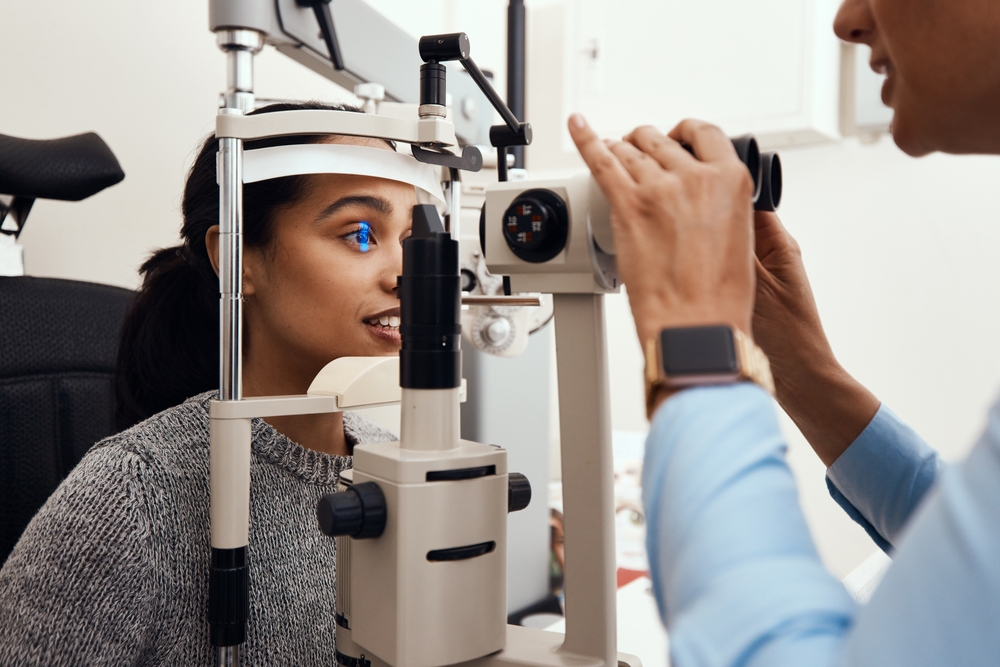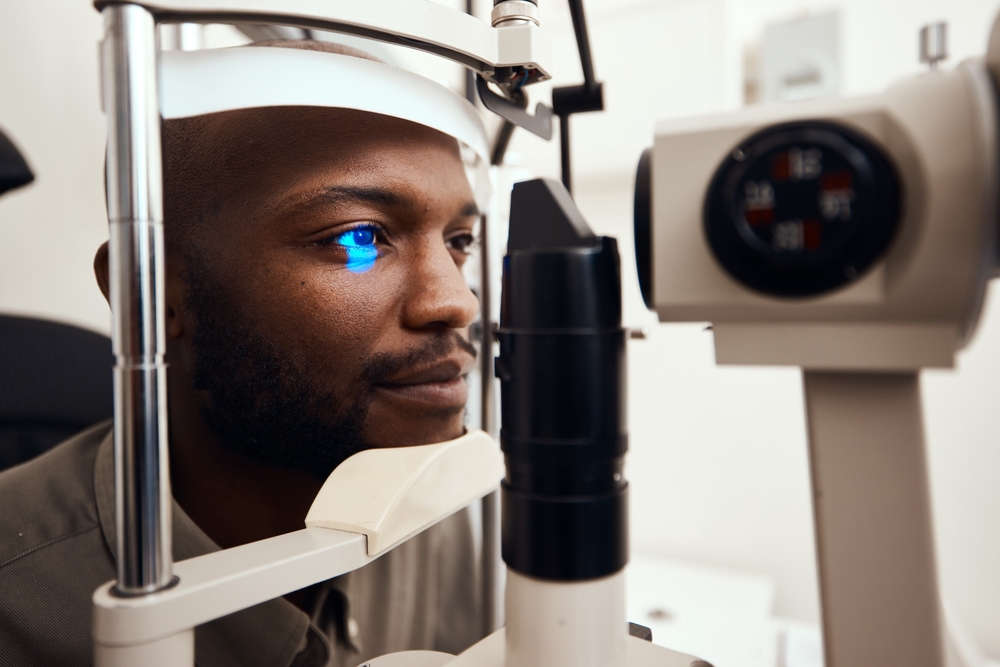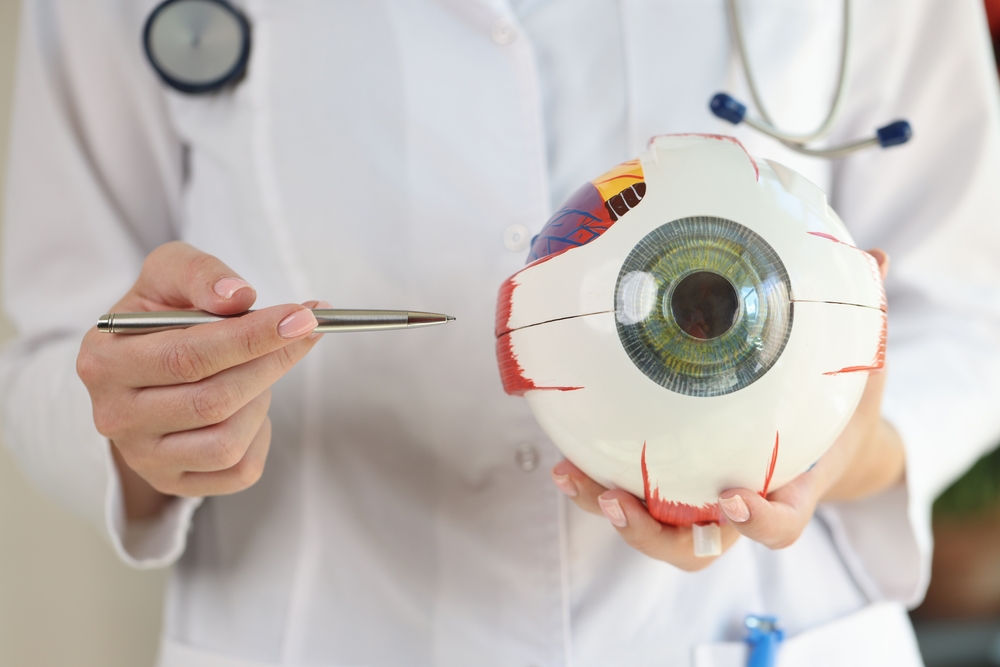Can I Play Sports After LASIK?
June 13, 2024
Are you an athlete considering LASIK eye surgery? Or do you enjoy playing sports recreationally and wonder how LASIK might affect your favorite activities?
If you're thinking about getting LASIK, you likely have questions about how soon you can get back in the game after the procedure. The good news is that LASIK is a safe and effective way to improve your vision, and for many people, it can mean saying goodbye to glasses or contacts on the field, court, or course.
But as with any procedure, it's essential to ensure you're a good candidate and to follow your doctor's guidelines for recovery to ensure the best possible results. Keep reading to learn more about playing sports after LASIK!
What is LASIK?
 LASIK, which stands for Laser-Assisted In Situ Keratomileusis, is a refractive eye surgery that can correct the most common vision errors, including nearsightedness, farsightedness, and astigmatism. During a LASIK procedure, an eye surgeon uses a laser to create a flap on the surface of the cornea, the transparent outer layer of the eye.
LASIK, which stands for Laser-Assisted In Situ Keratomileusis, is a refractive eye surgery that can correct the most common vision errors, including nearsightedness, farsightedness, and astigmatism. During a LASIK procedure, an eye surgeon uses a laser to create a flap on the surface of the cornea, the transparent outer layer of the eye.
The LASIK surgeon then uses a highly precise excimer laser to reshape the tissue in the cornea, correcting vision. The final step in LASIK is the replacement of the corneal flap.
The flap will re-adhere to the cornea without the need for stitches or an ocular bandage. Recovery time from LASIK is relatively quick, but you must follow some strict guidelines during this period to ensure proper healing.
Do want to learn if you might be a good candidate for LASIK?
Can I Play Sports After LASIK Surgery?
It is crucial to closely follow your eye surgeon’s instructions during the recovery period from LASIK. Your LASIK surgeon well tell you how long you need to sit out from any physical activity including sports.
 In many cases, how soon you can get off the bench depends on your sport of choice. Though you should check with your eye surgeon to know what’s exactly right for you, here are some guidelines:
In many cases, how soon you can get off the bench depends on your sport of choice. Though you should check with your eye surgeon to know what’s exactly right for you, here are some guidelines:
3-4 days after LASIK: In general, it is a good idea to spend the first few days to a week resting after LASIK. It's also important to avoid any activity that would cause you to drip sweat into your eyes.
One Week after LASIK: You’ll likely be able to resume mild and outdoor physical activities like walking.
1-3 Months After LASIK: Once your eye surgeon has cleared you, you can resume many types of sports. Even as you get back on the court or into the pool, you should wear protective eye wear for at least three months after surgery to avoid infection and flap displacement.
Who is a Good Candidate for LASIK?
To be considered a good candidate for LASIK, you should meet the following criteria:
You Are at Least 18 Years Old
During adolescence, a person’s vision continues to develop, leading to more frequent changes in their eye prescription.
You Have a Stable Prescription
The best LASIK candidate has an eye prescription that has stayed the same for a year or more.
You Have Good Overall Eye Health
You should have healthy eyes with no underlying conditions like chronic dry eye, cataracts, or glaucoma.
Your Corneas Are Thick Enough
Your corneas must measure with a specific range of thickness for safe LASIK surgery.
You Have Realistic Expectations
Because individual outcomes vary, you should have realistic expectations about what LASIK can do for you.
You may not be considered a good candidate for LASIK if you have a very high eye prescription, have thin corneas, or have certain underlying health conditions, including diabetes and high blood pressure.
Schedule an LASIK Consultation
Are There Alternatives to LASIK?
If you are not a good candidate for LASIK, there are vision-correcting options that might be right for you. These include photorefractive keratectomy (PRK) and refractive lens exchange (RLE).
 A PRK procedure is similar to LASIK, except that with PRK, the eye surgeon removes a section of the outer layer of the cornea, the epithelium. It takes longer to recover from PRK as the epithelium needs to regrow.
A PRK procedure is similar to LASIK, except that with PRK, the eye surgeon removes a section of the outer layer of the cornea, the epithelium. It takes longer to recover from PRK as the epithelium needs to regrow.
RLE corrects vision by removing the eye's natural lens and replacing it with an artificial intraocular lens (IOL). Depending on the IOL used, RLE can correct vision at multiple distances, making it a good option for people whose vision has been affected by presbyopia, age-related farsightedness.
While you may have to wait a few weeks to play your favorite sport with your newly corrected vision, proper healing ensures you can enjoy LASIK's benefits for years to come. Once you’ve experienced the freedom of playing sports without glasses or contact lenses, you’ll consider your time on the bench after LASIK surgery as time well spent!
Do you want to learn more about LASIK or determine if you are a candidate? Schedule a LASIK consultation at Maryland Vision Institute in Hagerstown, Frederick, or Hancock, MD, today!



